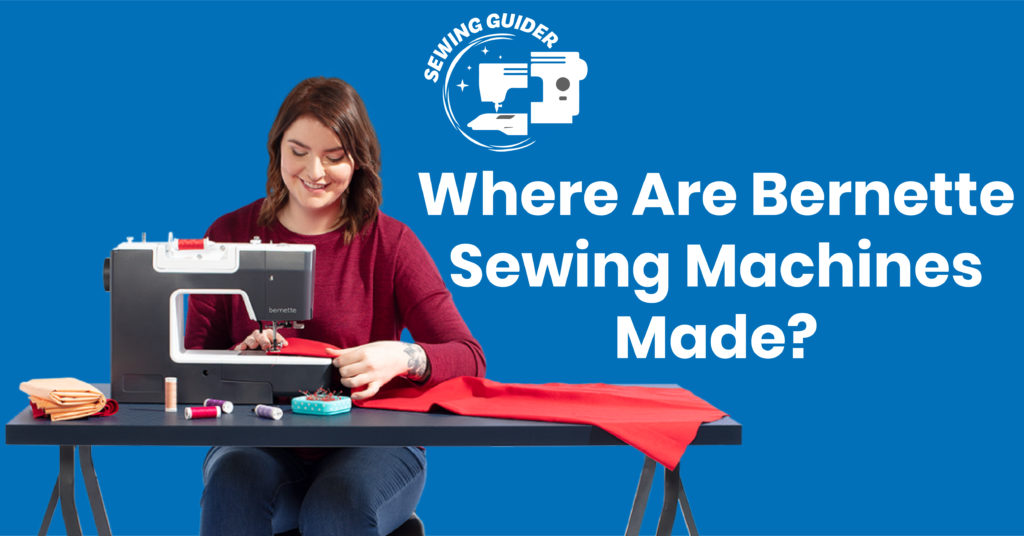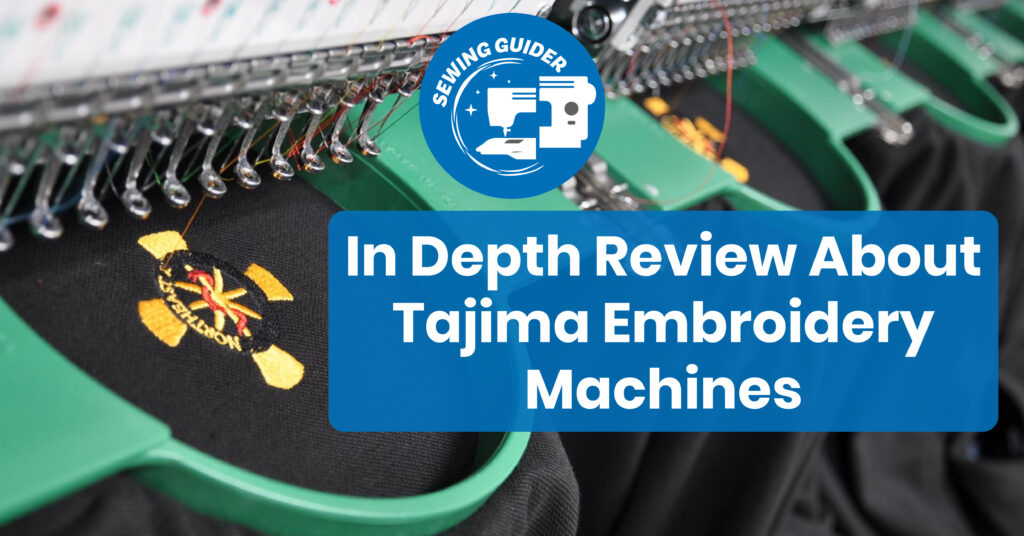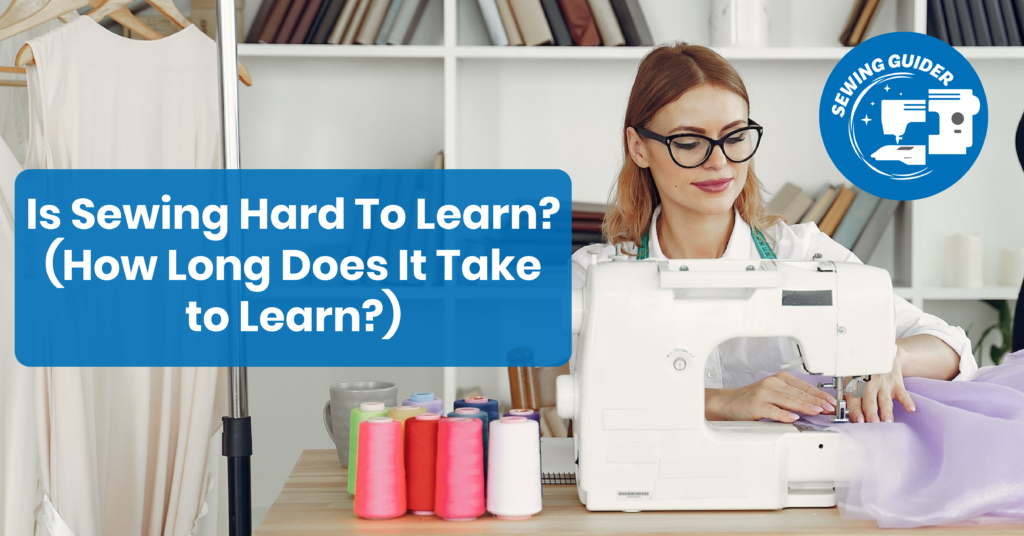Tips Pressing is a significant component of taking care of your clothes that can make a big difference in how they look. It is a way to eliminate wrinkles, creases, and fold lines by using heat and pressure. Whether you have never sewn before or have done it a lot, the tips below can help you get better pressing results and make your clothes last longer.
1. Start With A Clean Surface To Press On:
Ensure your ironing board or pressing surface is clean and free of dirt, stains, or leftovers before pressing. A dirty surface can leave marks on your fabric, ultimately changing your outfit’s appearance.
2. Set The Temperature Correctly:
When pressing different materials, you must set the temperature differently to get the best results. Always check the care label or a small, unnoticeable part of the fabric to determine what temperature your iron should be set to.
3. Press, Don’t Iron:
Use a pressing motion instead of an ironing action when pressing your clothes. It is done by pressing down on the cloth with the iron and lifting it instead of sliding it back and forth. This method keeps the cloth from getting stretched or twisted.
4. Use A Cloth For Pressing:
Use a pressing cloth when working with fabrics that are easy to burn or thin. It is a thin piece of cloth that goes between the iron and the fabric to keep it from getting damaged by direct heat.
5. Press Seams Open:
By pressing seams open, you can get a flat, smooth finish with less bulk. Use a seam roll or tailor’s ham for bent or shaped seams. For straight seams, use a straight press cloth.
6. Press Seams Open:
Using a steam iron can help soften the cloth and eliminate wrinkles that are hard to smooth. Make sure to use pure water in your iron to keep it from getting clogged up with minerals, which can affect how much steam it gives off.
7. Finish With A Cool-down Period:
Let your item cool down for a few minutes after hitting it before touching it. It helps to set the cloth and keep it from getting wrinkles.
Why Pressing Is Important?

Pressing is an important part of caring for clothes that can make a big difference in how they look and how long they last. Here are some of the most important reasons why it’s important to press:
Improving The Look Of The Garment:
Tressing can make clothing look more put-together and professional by removing wrinkles, creases, and fold lines. It can also help make edges and seams look sharp and smooth, giving the clothing a clean look.
Extends the life of the clothing:
Wrinkles and creases can cause too much wear and tear on cloth, which can cause it to age and break down faster than it should. By pressing out these wrinkles, you can make your clothes last longer and keep them looking like new ones.
Makes the garment fit better:
Pressing can also help a piece of clothing fit better. You can get a better fit and a more flattering shape by pressing seams open or shut and shaping fabric with pressing tools.
Facilitates Easier Sewing and Quilting:
Pressing is an important step in sewing and quilting because it helps get the fabric ready to be cut and sewn. By pressing your fabric before and after you sew, you can ensure it lays flat and doesn’t pucker or change shape while you sew.
In conclusion, pressing is an important step in caring for clothes that can make them look better, last longer, and fit better. If you press your clothes right, you can make them look more professional and put-together, making you feel more confident.
Pressing Darts:
Pressing darts is an important part of sewing that can help you make an outfit that looks polished and professional. Here are some tips for hitting darts:
Stitch the dart:
Make sure you sew the dart right before you press it. When sewing a dart, the right sides of the fabric should face each other, and the stitching line should get narrower as it gets closer to the dart’s point.
On the wrong side of the cloth, press the dart:
Press the dart on the wrong side of the fabric after you have sewed it. Use a pressing or tailor’s ham to shape the dart and give it a smooth, neat finish.
From the largest part to the narrowest point, press:
Start pressing the dart from where it is largest and work toward the point. Use the tip of the iron to press down on the very tip of the dart to make it sharp and crisp.
Press the dart toward the garment’s center:
The dart should be pressed toward the middle of the fabric. It will help make the dart look smoother and keep it from puckering or bulging.
Use a cloth for pressing:
If you are working with fragile or easy-to-burn materials, use a pressing cloth to keep the fabric from getting too hot. A pressing cloth can also help keep the dart from getting stretched out or warped while pressed.
One last press to finish:
Once you’ve pressed the dart on the wrong side, give it one last press on the right side to make it look nice. Use a pressing cloth to keep the fabric from getting burned and to protect it.
5 Quick Tips to Help You Press Better
- Use a pressing cloth: Before pressing a piece of clothing, put it over it to protect delicate fabrics.
- Invest in a good iron: A steam function and temperature sets that can be changed can help you get better control and results.
- Press as you sew: Take the time to press each seam right after you sew it for a professional finish and to set the seams.
- Let the fabric cool: Give the fabric a few seconds to cool down before moving it. It will set the press and keep the fabric from stretching out of shape.
- Use a pressing tool: A tailor’s ham or sleeve board can help shape and press curved or hard-to-reach areas for a more professional and finished look.
FAQ’s About Tips Pressing
What is pressing, and why is it important?
Pressing is smoothing wrinkles and creases in cloth with an iron or other pressing tool. It is important because it can improve the look of clothing, make it look more professional, and make it last longer by preventing wrinkles and creases from making it look old and worn.
How do I know what setting to use for the temperature when I press my clothes?
Different fabrics need different settings for the temperature. If you want to know what temperature to set your iron to, you should always look at the care label on the garment or test a small, hidden part of the fabric first.
What is the difference between pressing and ironing?
Pressing involves using a pressing tool to apply heat and pressure to a specific area of fabric, such as a seam or hem. Ironing involves sliding the iron back and forth over the entire fabric surface. Pressing is often used for more delicate or precise work while ironing is used for larger areas.
Can I use a regular iron for pressing, or do I need a special pressing tool?
While a regular iron can be used for pressing, a dedicated pressing tool, such as a tailor’s ham or seam roll, can be more effective for pressing seams and curves. These tools help create a smooth, even surface and prevent fabric distortion.
When I press my clothes, should I use steam?
Some fabrics, like cotton and linen, can be pressed better with steam because it helps soften the fabric and eliminate tough wrinkles. But you should only use pure water in your iron so that minerals don’t build up and stop the steam from coming out. Also, some fabrics may not be able to be pressed with steam, so check the care label before you use steam.
Conclusion
Pressing is an important step in sewing that can make a big difference in how well your finished item looks and feels. By using a pressing cloth, buying a good iron, pressing as you sew, letting the fabric cool, and using a pressing tool, you can make your sewing projects look more finished and professional. Remember to take your time and use the right tools and methods for each part of your clothing to get the best results.





